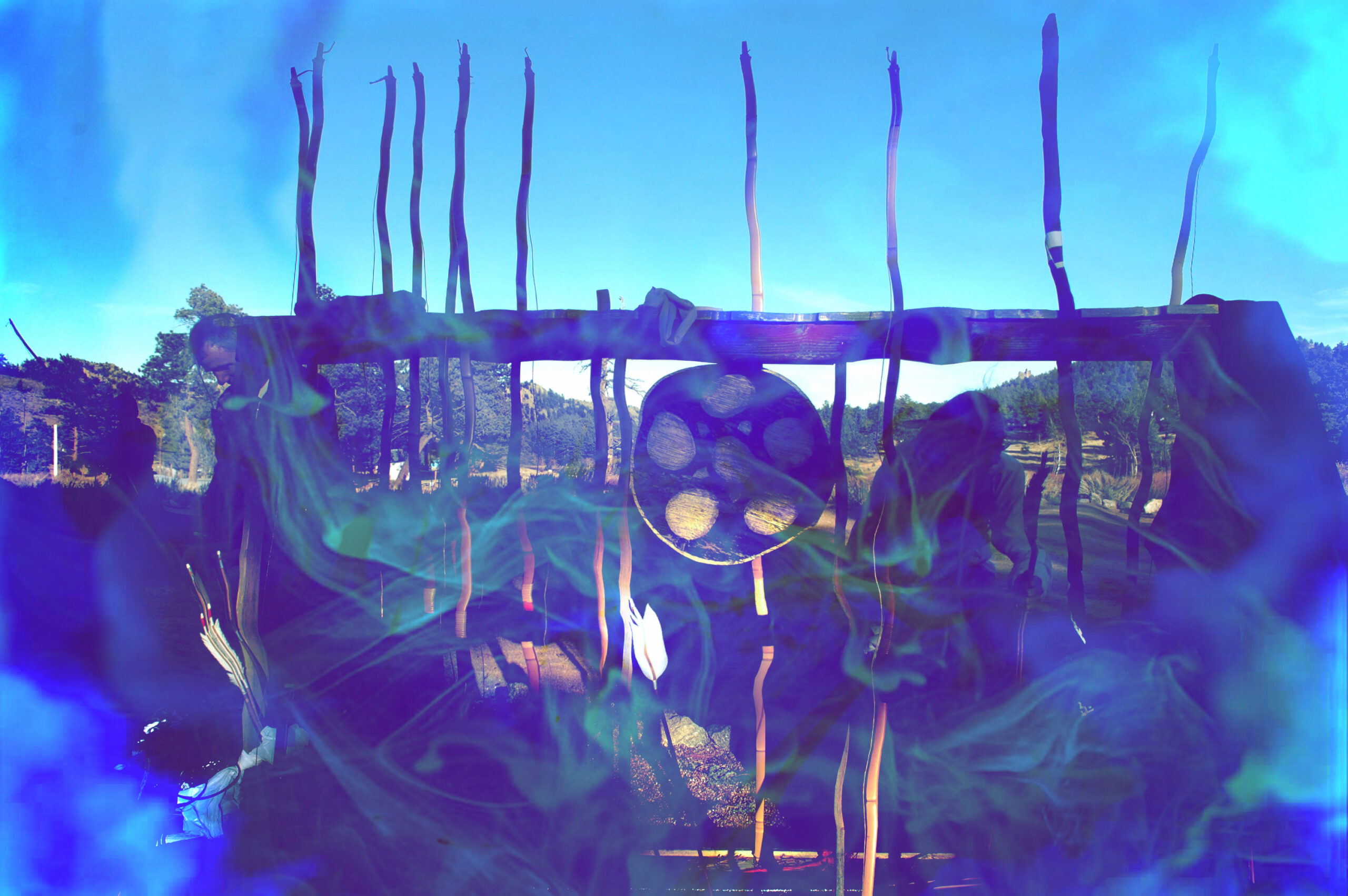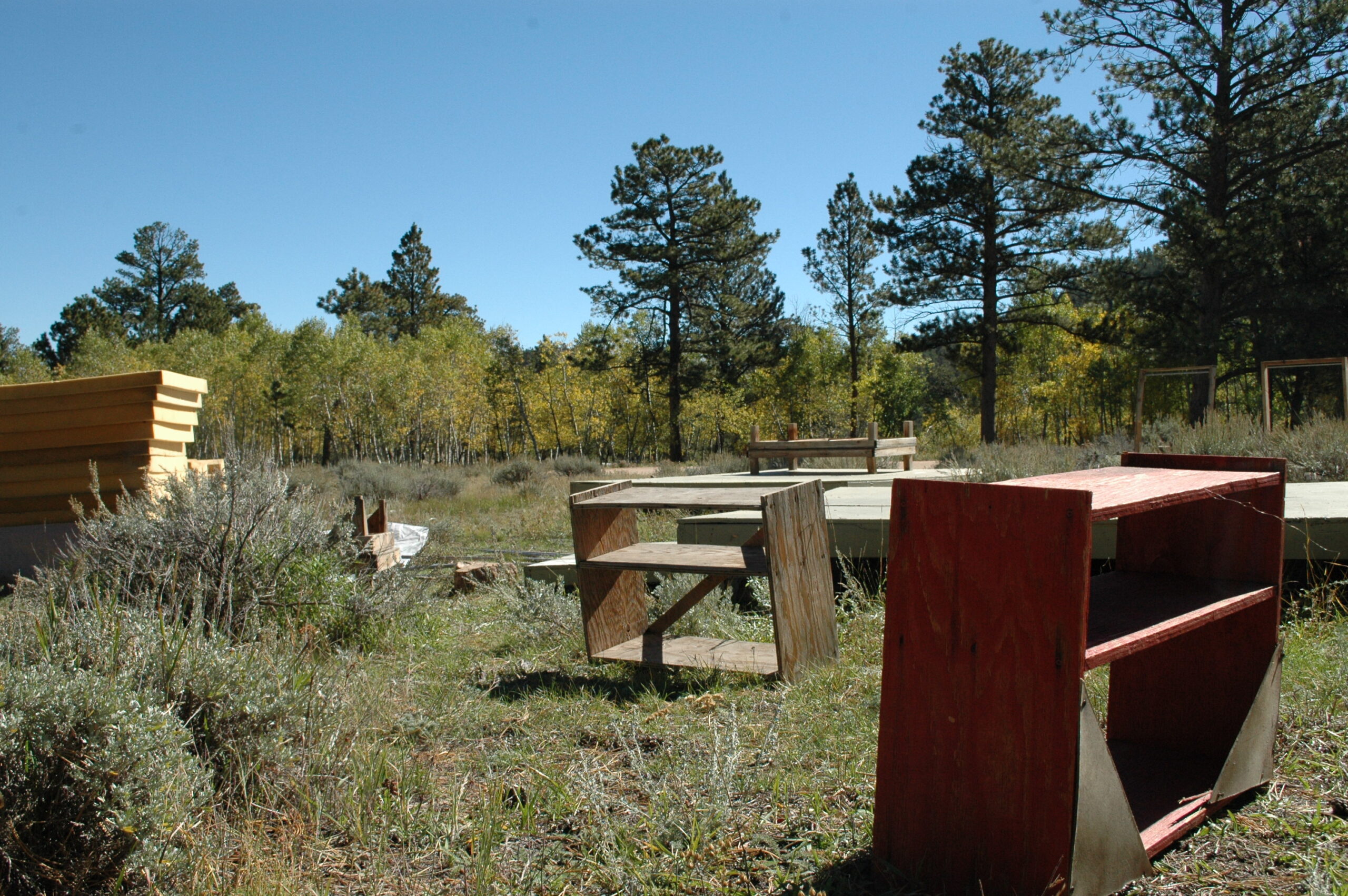Tag Archive for: Naropa

Relax and Wake Up! Buddhist Teachers Reflect on the Wisdom of the Emotions
Mind-Body, Mindful Living, RelationshipsJune 22, 2016
By James Schnebly with Jenny Bondurant & Kay Peterson ~~~ Our emotions can lock us in habitual struggle with…
by admin0 comments
water writing: homage
Creative Expression, Life at SMCMay 25, 2016
By Katharine Kaufman Shibata Sensei is so old that it takes two people to prop him upright. Yoshiko holds…
by admin0 comments
Q&A: Naropa Professors Discuss “Artistic Process as Life” and Meditation Practice
Creative Expression, Mind-BodyNovember 7, 2013
By Travis Newbill Jane Carpenter and Sue Hammond West will lead Creative Wisdom: Maitri and Art, November 15-17 The…
by admin0 comments
HOW TO BEGIN: Some notes upon arrival
Creative ExpressionNovember 1, 2013
By Bhanu Kapil Some years ago, in India, I was walking down an ordinary residential street behind my mother’s…
by admin0 comments